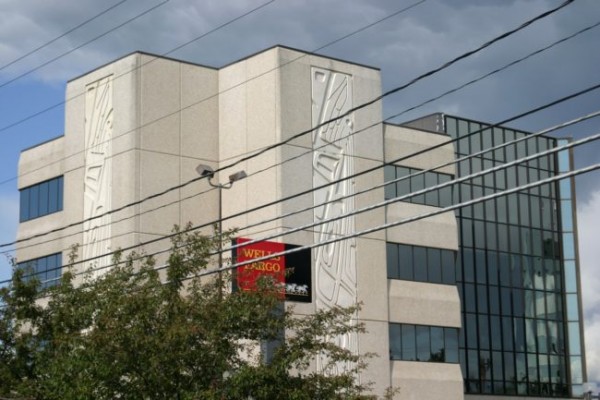
ANCHORAGE, Alaska (AP) — Alaska’s banks had a solid start to 2020 but the remainder of the year is uncertain for them in what could be a tumultuous period as a result of the coronavirus pandemic.
First National Bank Alaska, Northrim Bank and Denali State Bank all had positive asset and income reports for the first quarter of the year, The Alaska Journal of Commerce reported Wednesday.
First National Bank Alaska, the state’s largest local bank, ended the first quarter of the year with assets totaling nearly $3.86 billion, up from about $3.81 billion to start the year. The bank had $14.1 million in net income.
RELATED: Alaska’s fate in massive Paycheck Protection Program rests on the shoulders of local bankers
Anchorage-based Northrim Bank held more than $1.67 billion in total assets March 31, a 2.4% percent increase, and generated $2.3 million in net income.
Denali State Bank finished with $306 million in total assets for an increase of 3.4% and received $552,000 in net income.
Denali CEO Steve Lundgren said the Fairbanks community bank experienced loan portfolio growth of nearly 20%, largely because of its participation in the federal Small Business Administration’s Paycheck Protection Program.
The program provides low-interest loans to small businesses seeking help for payroll and other fixed costs during the economic upheaval resulting from the pandemic.
The vast majority of loans are expected to convert to grants as long as borrowers use the financial aid on qualifying expenses and do not reduce their workforce after receiving the funds.
Alaska’s unemployment rate jumped from 5.2% in March to 12.9% in April, the state Department of Labor and Workforce Development reported.
Wells Fargo Alaska Commercial Banking Market Executive Joe Everhart said he was among the observers who had a positive view of Alaska’s economy in late February.
He now expects the state’s recovery to lag behind the rest of the country because Alaska’s economy is largely built on sectors that were hit hardest, including oil and tourism.
“To expect a customer to have income to make payments when they don’t have revenue is challenging,” Everhart said.
For most people, the coronavirus causes mild or moderate symptoms, such as fever and cough that clear up in two to three weeks. For some, especially older adults and people with existing health problems, it can cause more severe illness, including pneumonia and death. The vast majority of people recover.




